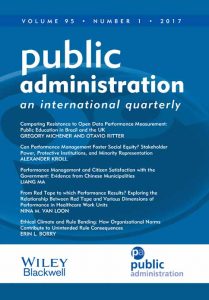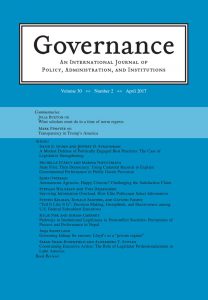When method becomes a matter of life or death
 By Rachael Liberman
By Rachael Liberman
While public school violence has been an ongoing epidemic in Chicago, the recent murder of 16-year-old Derrion Albert, showcased on YouTube and other various Internet sources, has repositioned its priority level to urgent. However, as weeks have passed, the public is still wondering: what and when is something going to be done? Finally, the New York Times has revealed a plan orchestrated by Ron Huberman, the new chief officer of Chicago Public Schools, that is reportedly going into effect this winter. According to the article, “Financed by federal stimulus grants for two years, the $60 million plan uses a formula gleaned from an analysis of more than 500 students who were shot over the last several years to predict the characteristics of potential future victims, including when and where they might be attacked.” According to this statistical analysis, the victims are most likely to be black, male, without a stable living environment, in special education, skipping an average of 42 percent of school days, and having a record of school behavioral problems eight times higher than the average student.
The next step in Huberman’s plan includes identifying 10,000 vulnerable students that fit this profile, and then giving them increased attention, which according to the article, includes “giving each of them a paid job and a local advocate who would be on call for support 24 hours a day.” Now, this plan has not been met without criticism from the community, who question why only this set amount of students are going to receive special treatment when, in fact, there are 410,000 students in the Chicago Public School system that could benefit from such attention. Interestingly, as Susan Saulny, the author of the New York Times article, points out, Darrion Albert, who was a member of the football team and an honor roll student, wouldn’t have matched the demographics calculated by the statistical analysis and therefore would not have been part of this prevention technique.
While, of course, Huberman’s plan emerges from the results of meticulous analysis, there is one glaring problem with his method: the lack of voice from the students themselves. While the organization of demographic information from previous shootings does reveal a significantly helpful average to base this plan on, the fact remains that additional information from those living in this horror was not generated. Collecting the experience of those attending Chicago Public Schools could have informed the statistics – and the plan – with nuances that fall out of predetermined categories. Some of these nuances include: what are the social conditions that ignite the physical violence? What are the relationships between those who do the killing and those killed? What successful techniques do students employ to keep them away, or safe, from the violence? Obviously, information cannot be extracted from the students who have been victims of these crimes and therefore that angle cannot be properly analyzed. However, by limiting the collection of data to statistics, the dynamic social reality of this violent phenomenon has been reduced to the demographics of past victims. What about Darrien Albert? His situation already proves the limitations of Huberman’s proposition. In the end the fact remains, for an issue as culturally meaningful as this, with ties to the complexity of race and class – why were statistics the method of choice?
 Crime, Delinquency, and Youth Gangs from the Blackwell Handbook of Adolescence
Crime, Delinquency, and Youth Gangs from the Blackwell Handbook of Adolescence
 Cultural Approaches to Understanding School Violence by Linda M. Waldron
Cultural Approaches to Understanding School Violence by Linda M. Waldron




1756-2589/asset/NCFR_RGB_small_file.jpg?v=1&s=0570a4c814cd63cfaec3c1e57a93f3eed5886c15)
